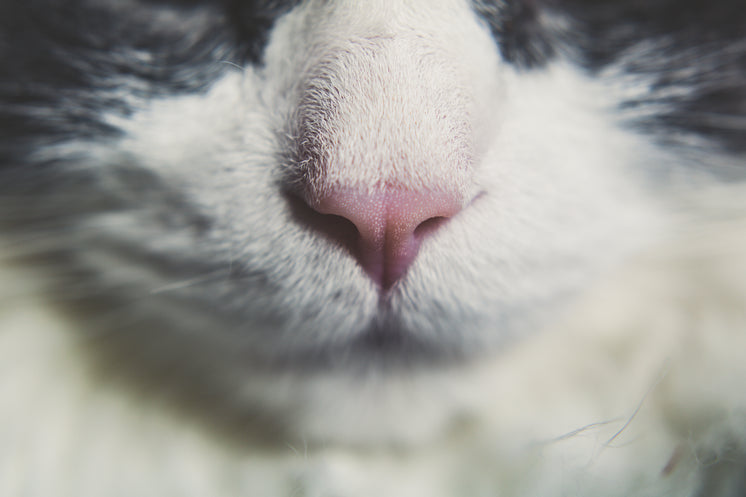
Cat litter and litter boxes play a pivotal function in the lives of both cats and their owners. From the simple beginnings of sand and soil to the ingenious improvements of today, the world of cat litter has developed considerably. In this thorough guide, we look into every aspect of cat litter and litter boxes, exploring their history, types, benefits, challenges, and everything in between.
The history of cat litter dates back centuries, with ancient civilizations using sand, soil, and even ashes as primitive litter materials. However, it wasn't until the mid-20th century that modern cat litter as we understand it emerged. In 1947, Edward copyright introduced the world's first commercial cat litter made from absorbent clay, transforming the way cats relieved themselves inside your home. Ever since, cat litter has undergone numerous changes, with the introduction of clumping litter, silica gel litter, biodegradable options, and more.
Today, cat owners are ruined for option when it pertains to choosing the best litter for their feline companions. Traditional clay litter remains popular for its affordability and efficiency in soaking up smells. Clumping litter, which forms solid clumps when wet, simplifies cleaning and upkeep. Silica gel litter, made up of extremely absorbent silica crystals, provides superior smell control and durability. Naturally degradable options, such as recycled paper, wood pellets, corn, and wheat, appeal to ecologically mindful consumers.
Each type of cat litter uses special benefits. Clay litter excels in its ability to soak up wetness and control odors, making it a trustworthy choice for many feline owners. Clumping litter simplifies daily scooping and extends the time in between total litter changes. Silica gel litter provides remarkable odor control and can last longer in between replacements. Naturally degradable litters provide a sustainable option that reduces environmental effect.
While cat litter improves indoor feline health, it is not without its difficulties. Dust from clay litter can position respiratory threats for both cats and humans, triggering the popularity of dust-free options. cat litter pellets Some cats might develop litter box aversion due to concerns with texture, fragrance, or cleanliness, demanding experimentation with various litters and box configurations. Multi-cat households might need strategic litter box placement and regular maintenance to avoid territorial conflicts and make sure all cats cat litter box furniture have access to tidy facilities.
Choosing the appropriate litter box is necessary for promoting positive litter box routines and overall feline well-being. Aspects to consider consist of size, accessibility, and style preferences. Covered litter boxes offer privacy and assistance consist of odors, however some cats may find them restricting or intimidating. Open-top litter boxes use easy gain access to and presence but may result in more litter scatter. Automatic self-cleaning litter boxes enhance upkeep but require regular tracking and upkeep.
Appropriate litter box upkeep is essential for making sure a clean and inviting environment for both cats and their owners. Daily scooping gets rid of waste immediately, minimizing odor and preventing litter box aversion. Regular litter replacement, usually every 1-2 weeks, avoids bacterial buildup and preserves optimum absorbency. Thorough cleansing with moderate cleaning agent and water, preventing harsh chemicals that may prevent felines from using package, need to be performed monthly.
Cat litter and litter boxes play a central function in cultivating a healthy and unified relationship between cats and their human companions. With a varied range of litter choices and litter box styles readily available, cat owners have the flexibility to customize Litter Box Liners their options to suit their cats' preferences and home requirements. By comprehending the advancement, types, advantages, and challenges of cat litter and litter boxes, pet owners can offer their feline pals with a comfy and sanitary indoor environment.